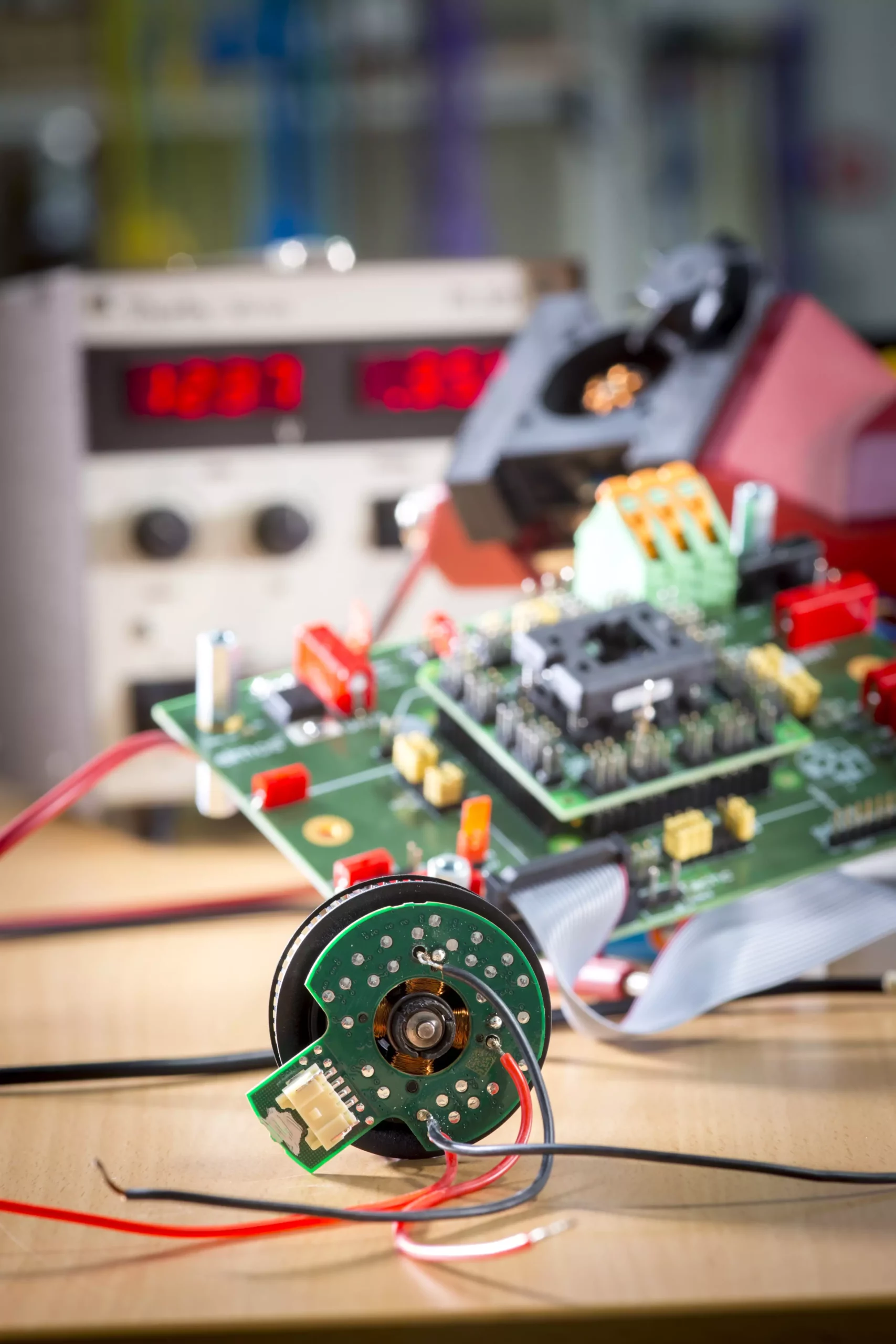In today’s technologically advanced society, small electric motors are omnipresent, seamlessly integrated into a myriad of devices ranging from household appliances and power tools to advanced automotive systems. These motors play a crucial role in driving auxiliary functions such as pumps and fans in modern vehicles. While individual motor units might consume negligible amounts of energy, the cumulative effect of these devices across households and industries can lead to significant energy savings. Therefore, optimizing their performance not only enhances functionality but holds the potential for substantial reductions in overall energy consumption.
A dedicated research initiative at Graz University of Technology, under the leadership of Annette Mütze, has made significant strides in tapping into the untapped energy-saving potential of these small electric motors. The project, known as the “CD Laboratory for Brushless Drives for Pump and Fan Applications,” has focused on enhancing performance through innovative design and advanced control technologies. By integrating cutting-edge manufacturing techniques, Mütze’s team has developed brushless integrated motors that boast lower energy consumption and quieter operation. These advancements are paramount, particularly as the world shifts towards more energy-efficient solutions.
One of the notable breakthroughs in this research is the redesign of claw pole motors, commonly utilized in vehicle lighting systems. While these motors have cemented their place in various applications, their capabilities as small drive units have often gone unrecognized. Mütze and her team addressed a critical aspect—cogging torques. By implementing skewing and slotting techniques in the motor’s claws, they successfully mitigated the cogging effect, which traditionally leads to unwanted vibrations. Such modifications achieved a staggering 70% reduction in noise, allowing these drives to function more smoothly and quietly. This not only improves user experience but also aligns with the growing demand for silent operation in both residential and industrial environments.
Efficiency has traditionally been hampered by conventional pulse width modulation (PWM) methods that regulate motor currents. These methods require numerous switching operations to maintain the desired current waveform, ultimately resulting in energy wastage due to switching losses. Mütze’s research introduced a paradigm shift in this approach. The newly developed drives operate by a streamlined process that allows a single switch-on and switch-off per desired current level, which significantly minimizes energy wasted in switching. This innovative approach leads to better overall efficiency, particularly noticeable at low current levels, where traditional methods lag behind.
The benefits go beyond energy efficiency; the careful engineering of these motors also translates to reduced manufacturing costs. The drastic decrease in the number of required capacitors is a direct financial advantage, cutting costs while maintaining performance. The design modifications not only cater to performance but also provide a smart economic edge for manufacturers looking to enhance their product offerings.
The integration of printed circuit board (PCB) technology in motor design represents another leap forward in small motor manufacturing. Utilizing PCB as the base for magnetic windings has revolutionized production processes, introducing a higher degree of automation and efficiency. Pairing this technology with 3D-printed ferrite cores enhances the magnetic flux guidance, allowing for effective use of cost-effective ferrite-based magnets. This innovation signifies a trend where advanced manufacturing techniques meet sustainable practices, ensuring that the evolution of small electric motors is aligned with both performance and environmental considerations.
The advances showcased by Mütze’s team at Graz University underscore the imperative need for innovation in the realm of small electric motors. As these motors are inherently integral to modern functionality across multiple sectors, enhancing their efficiency stands to yield significant energy savings and contribute to sustainable practices. The blend of innovative designs, streamlining production, and adopting new technologies promises not only to elevate performance standards but also to foster an environmentally conscious approach to engineering in the electrical drive industry. As these innovations ripple through the market, they could very well set a new standard for what is expected from small motor applications in the future.

